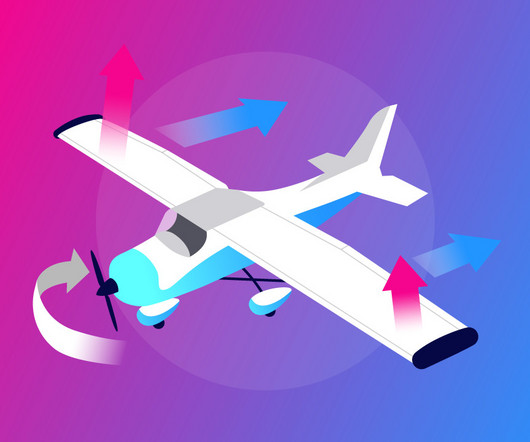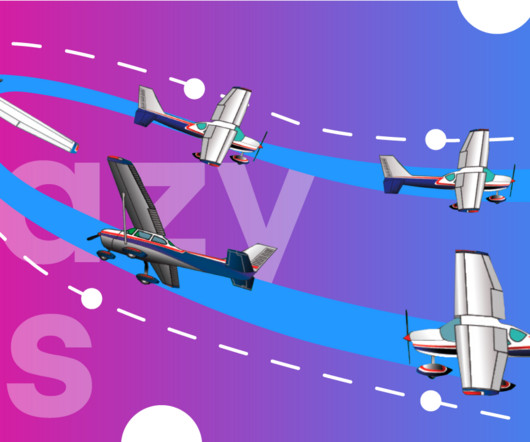Tailless Aircraft: How Airplanes Fly Without a Tail
Pilot Institute
JUNE 4, 2025
A tailless aircraft may still have a fuselage and a vertical tail (fin and rudder). Upward Deflection : Raising both elevons decreases the camber of the wing. Downward Deflection : When the elevons are lowered, the camber increases. The rudder allows you to make controlled yaw movements. How does it manage yaw control?












Let's personalize your content